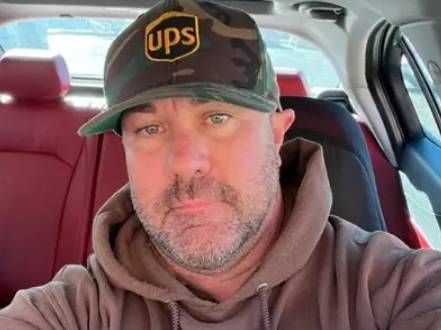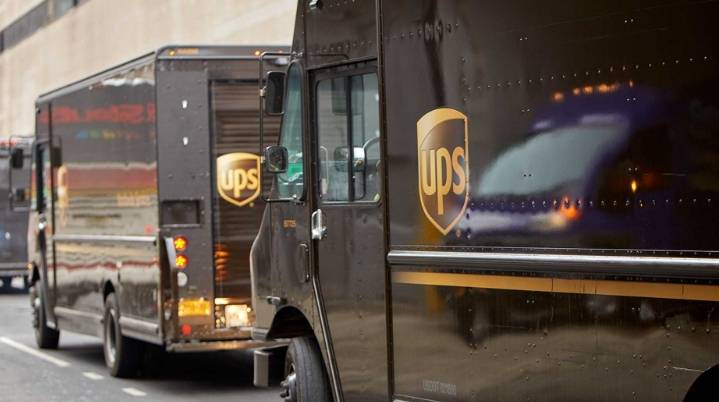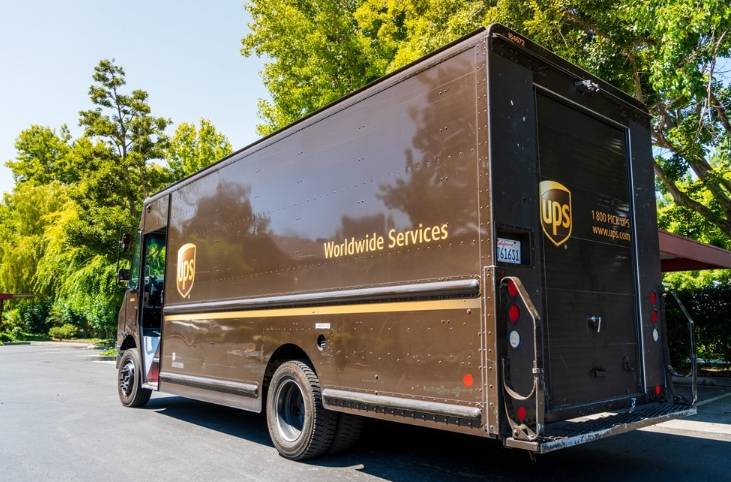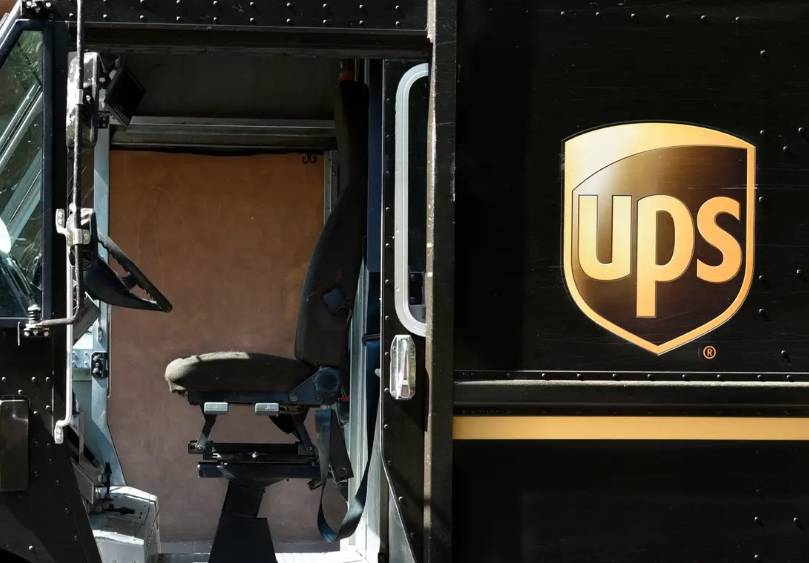
The following essay, narrated by Graham Jones, a 47-year-old UPS semi-truck driver hailing from Albuquerque, New Mexico, is a firsthand account of his experiences.
This piece has been condensed and refined to ensure readability and coherence.
I spent seven years employed as a UPS package delivery driver before transitioning into the role of a feeder driver, which I’ve been doing for the past three years. In my current position, operating UPS semi-trucks within the feeder department, I earn approximately $4,000 weekly. This entails delivering packages from central distribution hubs to various warehouses.
I receive slightly higher compensation due to being assigned to the sole sleeper run at the UPS facility in Albuquerque. Our earnings are notably elevated for a blue-collar occupation, attributed to our overtime being compensated at time-and-a-half rate after eight hours of work, coupled with our extended shifts. I’ve come across reports about UPS employees making around $170,000 annually, but it’s somewhat deceptive. This figure encompasses not only our actual income but also factors in contributions such as our pension, healthcare coverage, and other benefits.
Average Salary for UPS Feeder Drivers Reaches $140,000 After Four Years
Feeder drivers at UPS earn higher salaries compared to package delivery drivers, with the former averaging around $95,000 annually after approximately four years of service.
Our higher earnings compared to package delivery drivers stem from our longer work hours, typically ranging from 55 to 60 hours per week. In contrast, the standard package delivery shift spans eight to 10 hours. Additionally, UPS offers compensation of around $1 per mile for specific routes.
Driving Partner and I Cover Five-Day Stretches on the Road, Logging 11 to 12 Hours Daily
My current route is compensated based on the number of miles covered, rather than an hourly rate. Only instances where I’m waiting on trailers or engaging in activities such as refueling or occasional windshield cleaning are compensated on an hourly basis.
For my assigned route, I team up with another driver, and our journey begins on Sunday mornings. Our route takes us from Albuquerque to destinations such as Louisville, Kentucky; Chicago; Los Angeles; Dallas; and finally back to our starting point.
The truck’s rear section features bunk beds. While one driver is handling his 11-hour shift, the other rests in the sleeping area. I take care of the daytime driving while my partner covers the night shifts.

Unlikely to Repeat This Run Due to Unexpected Difficulty
Driving becomes both tiring and monotonous. Copious amounts of coffee and energy drinks help, and overall, it’s manageable. I find ways to stay engaged by tuning into podcasts, satellite radio, and music. Numerous drivers, including myself, engage in phone conversations with fellow drivers during our shifts.
Upon returning to town, I’m left with just two days to complete errands, household chores, and yard work. Even on my initial day back, there’s no chance to sleep in, as I prioritize going to the gym. This constitutes a significant sacrifice, given that my gym visits are limited to just a couple of days each week.
Enduring four nights of sleeping in a truck each week can be challenging, but I embarked on this experience driven by the allure of higher earnings. Since commencing this route in April, I’ve come to the conclusion that I’d willingly forgo an annual income reduction of $40,000 to $50,000 in exchange for spending more time at home. Moving forward, I intend to select a route that aligns with this priority for the upcoming year.
Encouraging Package Delivery Drivers to Transition to Feeder Driver Roles
Package delivery work is undeniably demanding; it exposes you to extreme heat, snow, rain, and strong winds. These conditions can take a toll on your body. Throughout the day, you constantly navigate in and out of the truck, negotiating the two or three steps required to access the package truck. This repetitive strain can result in knee and hip issues for many individuals.
Furthermore, it puts a strain on your back. Two decades ago, the concept of purchasing a couch on Amazon was unheard of, yet today people are ordering substantial bookshelves and sofas, often residing in third-floor apartments. You’re left to manage these deliveries with just a dolly, grappling with the challenge of transporting these items to higher floors.
UPS covered the expenses for my commercial driver’s license training. I’m perplexed as to why more package delivery drivers don’t progress to feeder driver roles.
Balancing the Benefits of Being a Feeder Driver with the Missed Aspects of Package Delivery
Firstly, as a package delivery driver, you engage in more direct interactions with customers. Secondly, the nature of the job being more physically demanding results in quicker-paced days. Lastly, there’s a heightened sense of accomplishment at the close of each day.
However, this physical exertion also increases the potential for injuries, and the prospect of engaging in strenuous physical work in my later years feels overwhelming. While UPS feeder drivers receive substantial compensation, I wouldn’t characterize it as excessive. Most individuals are hesitant to commit to a 60-hour workweek, but I hold a deep appreciation for the opportunity my job provides.


